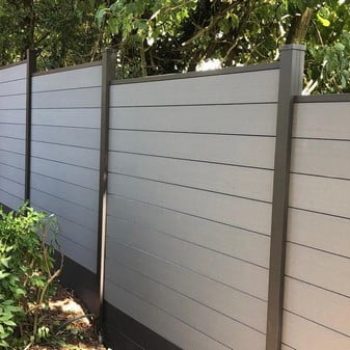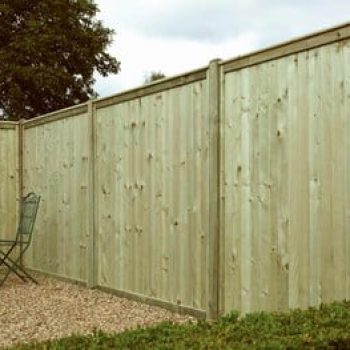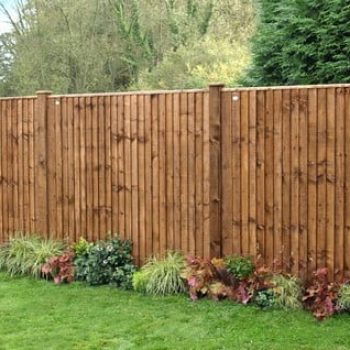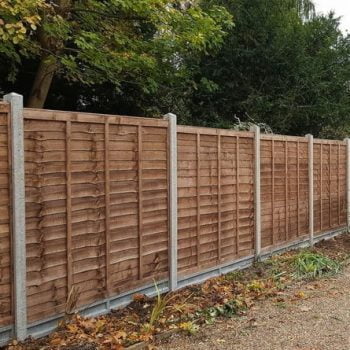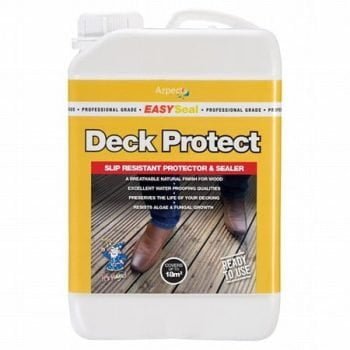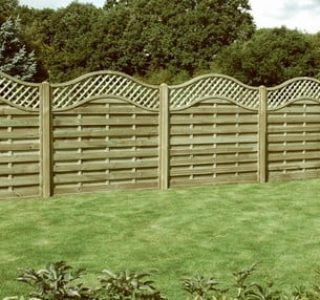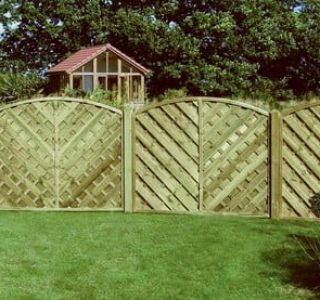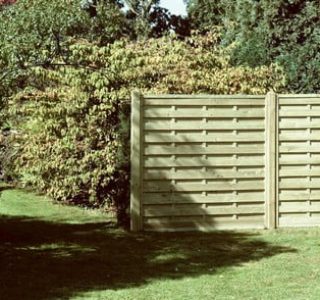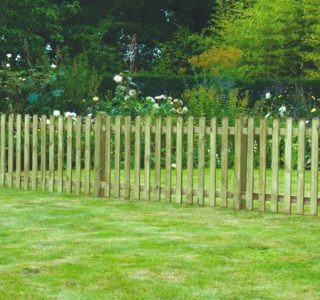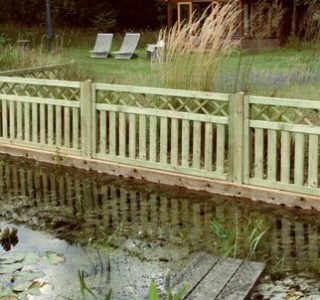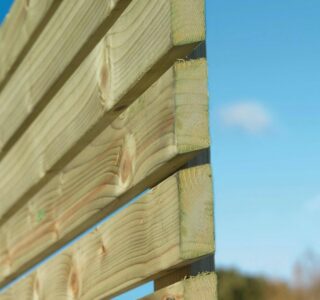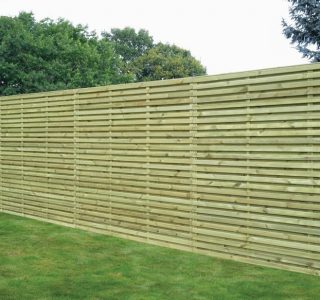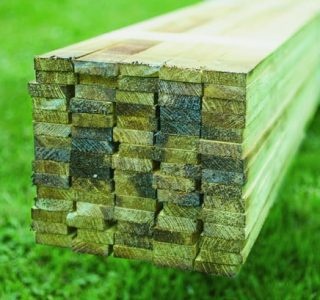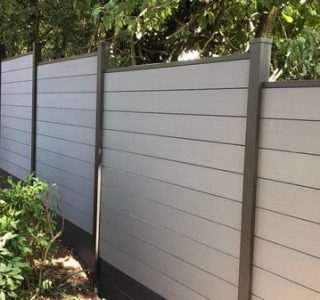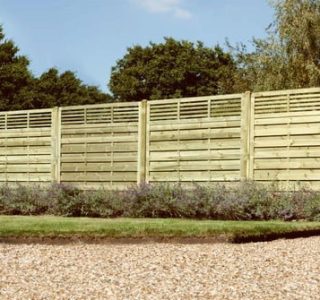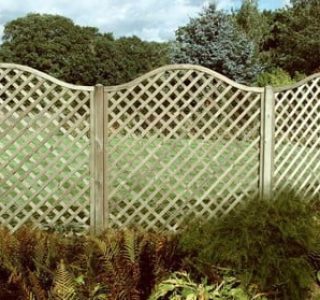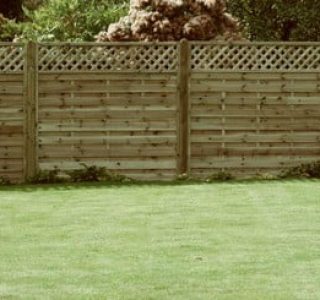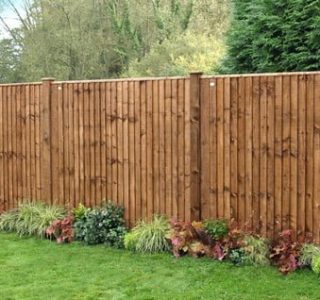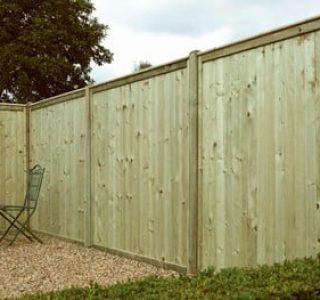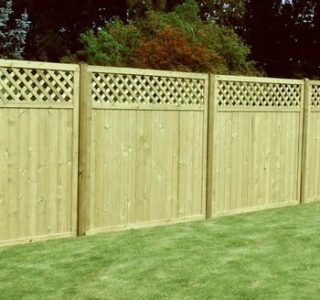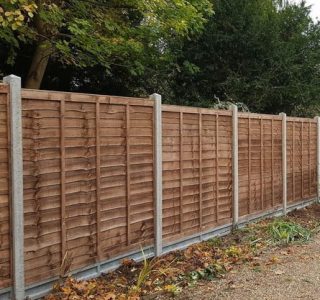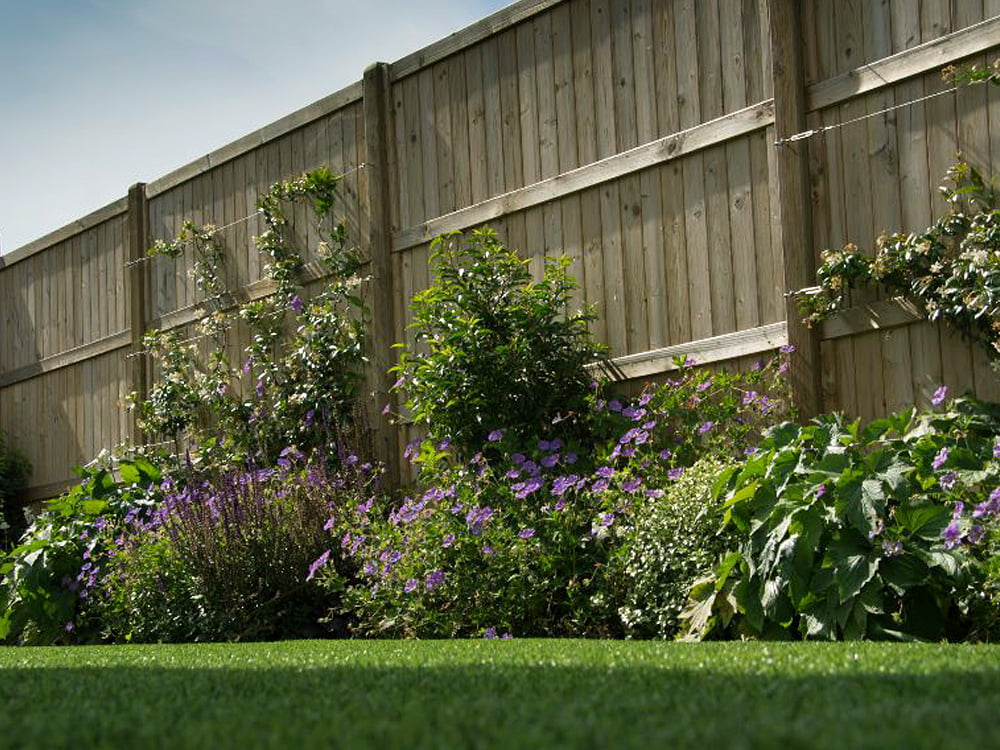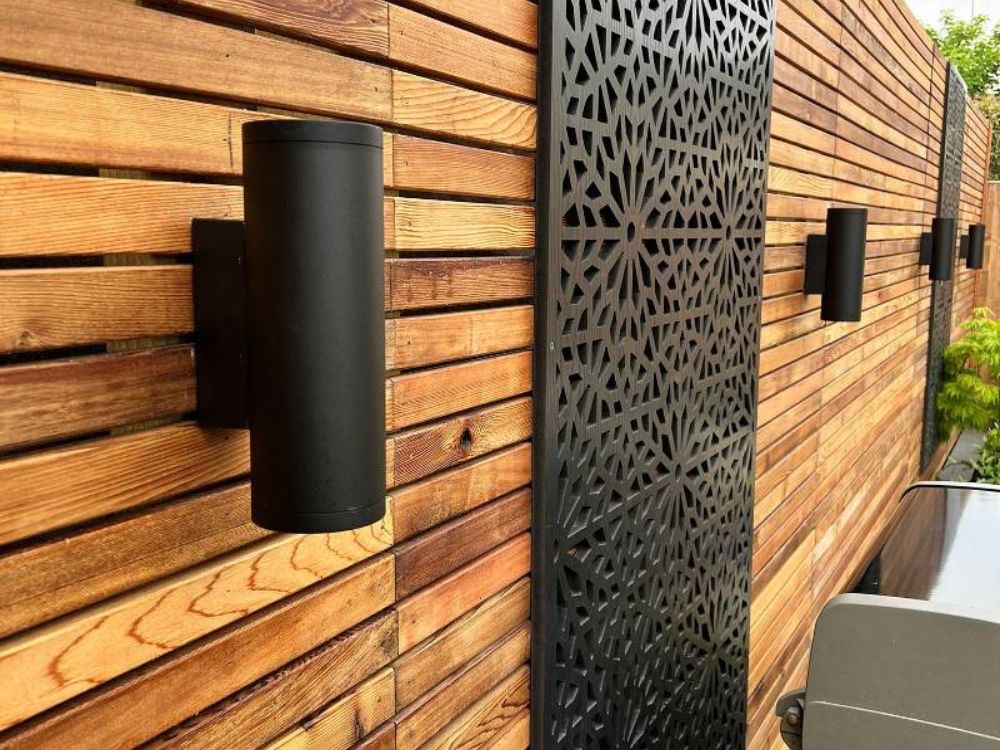Our garden fence panels not only provide privacy and security but also protect our gardens from unwanted elements. Replacing worn-out or damaged fence panels before windy weather sets in is essential to ensure the safety, durability, and aesthetic appeal of your outdoor space.

Ensuring the safety and security of your property
As the temperatures drop and the nights get longer, it’s important to make sure your garden is secure. Replacing worn-out fence panels will help keep unwanted visitors, like animals, out of your garden. It also deters potential burglars who might see a weak fence as an invitation to explore further.
Preventing potential damage from harsh winter weather
Inspect your fence panels for signs of rot, decay, or any other damage. Give your fence panels a gentle nudge to check their stability. If they wobble it’s a clear sign they need replacing. You can replace only the damaged panels instead of the whole fence; just assess each fence panel individually and determine which ones need replacing. This can help save time and money. View our range of fencing supplies


Choosing the right type of fence panels for winter durability
When it comes to replacing your fence panels for the winter there are different options to consider. At Kebur Garden Materials, we supply fence panels, picket fences, posts, feather edge and arris rail styles plus composite fence panels. View our full range.
Consider the weather resistance and durability of different materials. Will they withstand heavy snowfall, stormy rain and gusty winds? Choosing fence panels made from durable materials such as pressure-treated wood or composite can help withstand the harsh winter conditions. These materials are known for their weather resistance and ability to endure temperature fluctuations without warping or rotting.
Removing and replacing garden fence panels
First clear any plants or debris that may be obstructing the area. Carefully remove the old fence panels by unscrewing any screws or nails keeping the panels in place. Try not to damage the surrounding fence posts during this process if you are hoping to reuse them.
Position the new fence panel against the posts and make sure it’s level. Take the time to align and level each panel, making sure they are straight and parallel to each other. When you’re happy with the alignment, secure the panel using appropriate screws or nails. Choose the right screws or nails for the job and make sure they go through the panel and into the fence posts.
Give your fence panels a gentle shake to ensure they’re sturdy enough to withstand the elements. If they feel a bit wobbly, make any necessary adjustments. Tighten screws and reinforce weak spots.
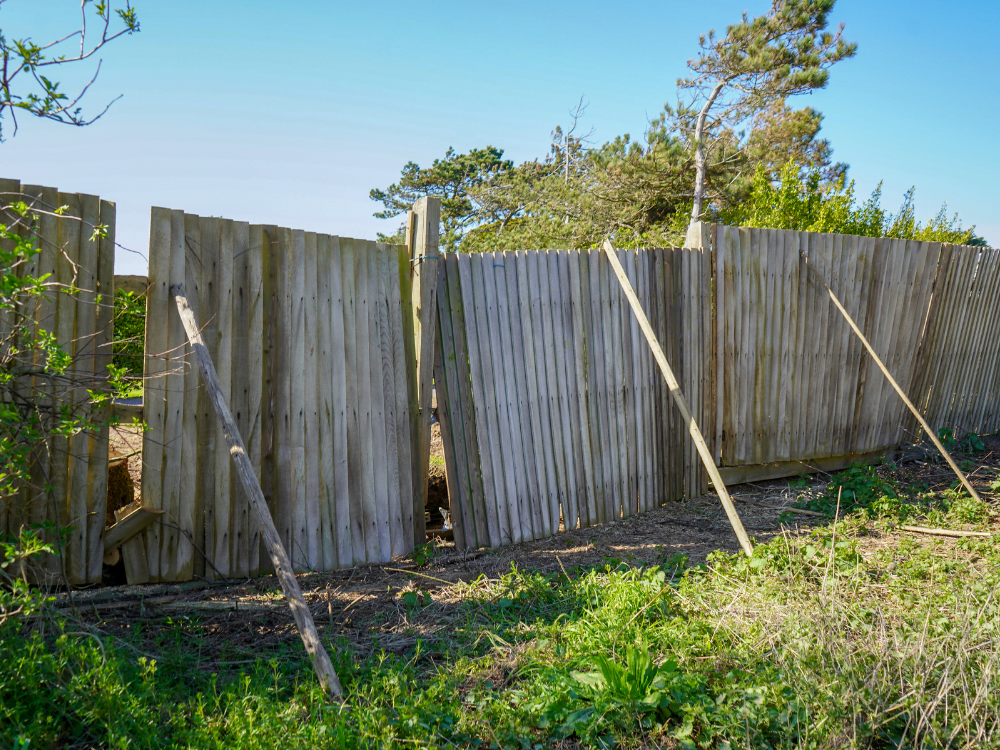

Applying protective coating or sealant
When it comes to fence panels, applying a protective coating or sealant to the panels can help enhance their durability and resistance to moisture. Regularly clearing debris and leaves from the fence and avoiding direct contact with standing snow or ice can also help maintain the longevity of your new fence panels during winter.
By taking the time to replace your garden fence panels before winter, you are investing in the protection and longevity of your outdoor space. Not only will this ensure the safety and security of your property, but it will also enhance the overall aesthetic appeal of your garden. View all our fencing supplies.

